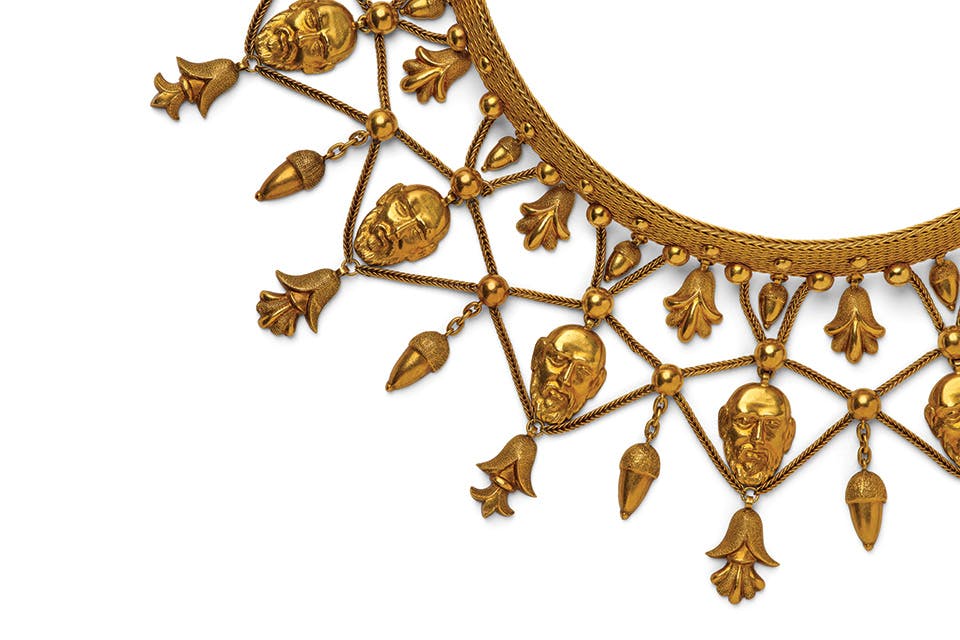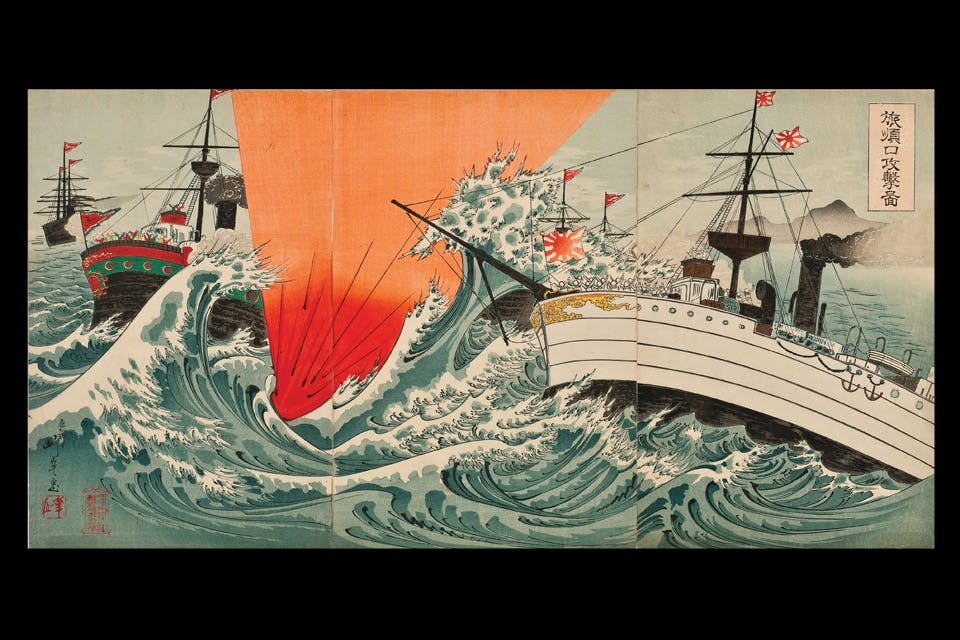Arts
A Century of Asian Art at Oberlin: Japanese Prints
Oberlin’s Allen Memorial Art Museum closes out its year-long celebration of Asian art with an exhibition of beautiful prints.
Related Articles

See ’Heartland: The Stories of Ohio Through 250 Objects’ in Lancaster
The Decorative Arts Center of Ohio hosts an artifact-focused exhibition that tells the story of our state through a collection of family keepsakes and iconic inventions. READ MORE >>

See ‘The Triumph of Nature: Art Nouveau from the Chrysler Museum’ at the Dayton Art Institute
This exhibition, which runs through Jan. 11, showcases more than 120 works that explore our connection with nature. READ MORE >>

See ‘Radiance and Reverie: Jewels from the Collection of Neil Lane’ in Toledo
This exhibition at the Toledo Museum of Art traces a century of jewelry creation by legendary designers. It is on view from Oct. 18 through Jan. 18, 2026. READ MORE >>



